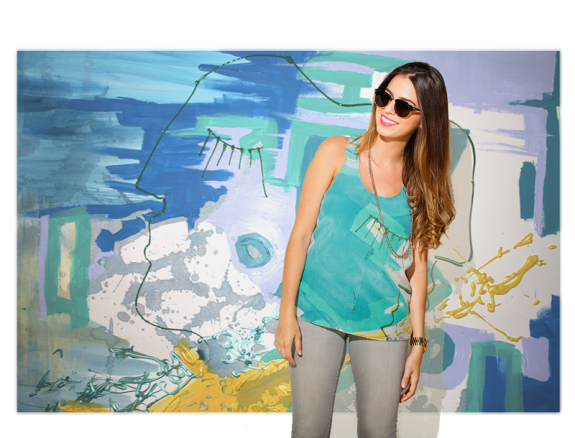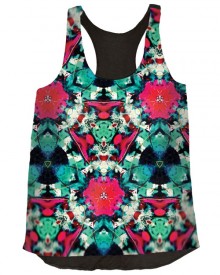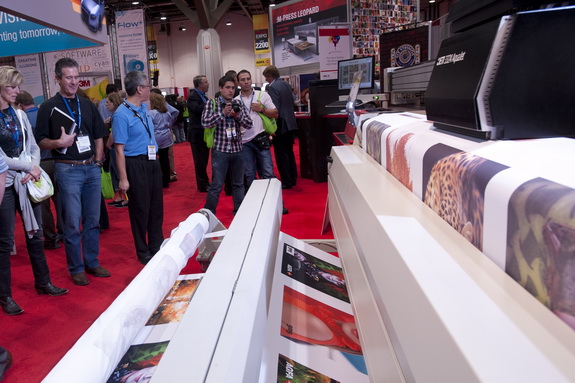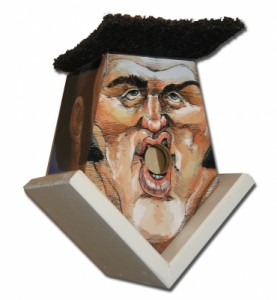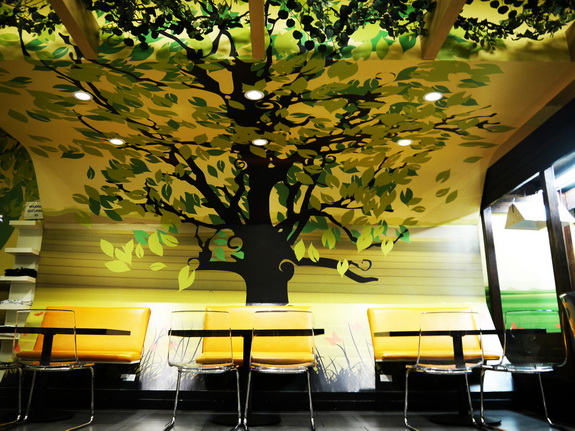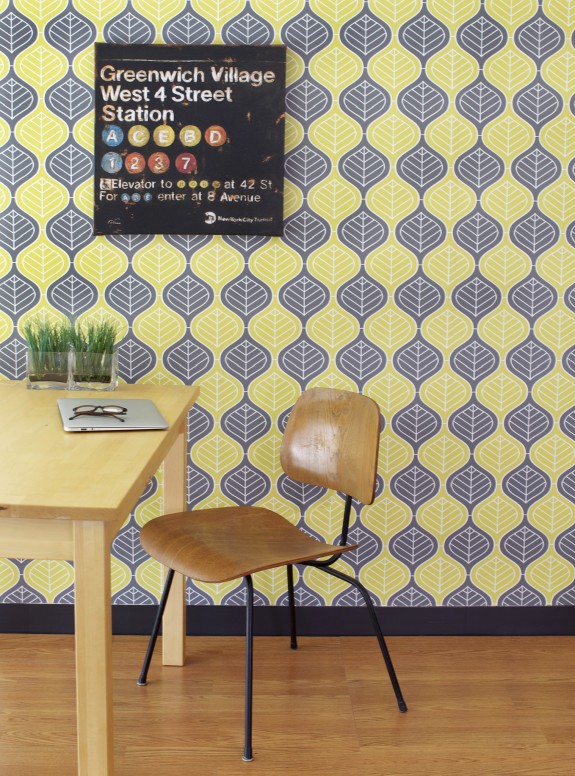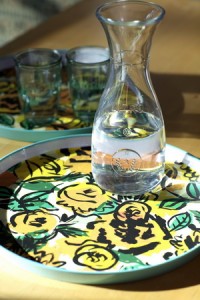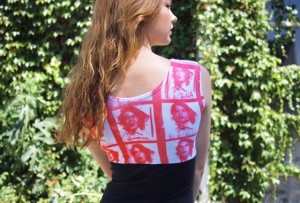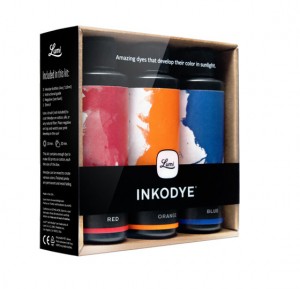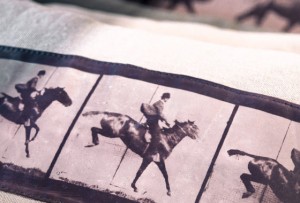The Fashion Institute of Technology in New York promotes itself as “Where Creativity Gets Down to Business.” A college of the State University of New York, FIT has been providing career education in art, design, business, and technology for more than 70 years.
For the second consecutive year, Kornit Digital collaborated with FIT on a design challenge for fourth-year student in FIT’s Textile/Surface Design program. One goal was to give students insight into environmentally friendly textile production methods that don’t compromise on design concepts and use of color.
For the challenge, the students were asked to create original designs related to the concept of sustainable, local short-run textile production. Along with the sustainability-themed design, the students submitted an explanation of the concept and an image of how the design could be applied to a garment. For the judging process, Kornit used their Allegro production system to produce 10 yards of each design.
The three winners of this year’s FIT design challenge were Hyuna Kim, Konchok Bercholz and Elena Kanagy-Loux. In addition to receiving cash awards, the winners will have the textile designs printed on fabrics and replicated as fashion items.
The students’ work was judged on several factors including: the concept, the effectiveness and marketability of the design; and the conceptualized fashion application.
Judges included: Leslie Baker, associate designer for Bon-Ton Stores’ Relativity Brand; Vanessa DeSousa, development manager of Prints and Embellishments for Diane von Furstenberg; Tom Cody, principal of Tom Cody Designs; Melissa Niederman, art director of The Style Council; and Joe Castaldo, president of The Style Council.
Representatives of Kornit Digital included: Paul Borucki, managing director of Kornit Digital North America; Jim Manelski, North American wide format business development manager; and Erin Doty, who is the company’s North American Art Director and Project Manager.
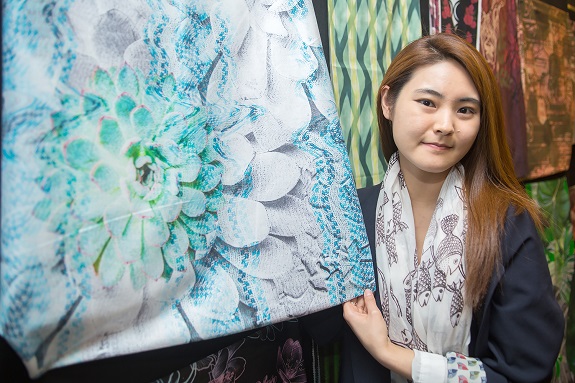
With the Kornit Allegro single-step industrial print system, designers can immediately materialize their designs on any fabric at with no minimum yardage requirements and at the highest industrial print quality and standards. Unlike other textile-printing processes, the Kornit Allegro industrial print solution doesn’t require pre-treatment or post-treatment processes. As a one-step printing process, the Allegro is ideal for the trending on demand, close to market, short run local production and sampling.

“Our collaboration with FIT demonstrates an important example of how Kornit Digital can nurture the growth and developing expertise of tomorrow’s designers with the help of state-of-the-art technologies that are changing the way creativity is brought to life across all fabric types. The Kornit Allegro is the perfect system for this scenario with its truly sustainable production methods enabling designers and manufacturers to generate their concepts from start to finish in the shortest cycle time,” explains Merav Zimmerman, Kornit’s product marketing manager for the Allegro. “We are proud to continue this collaboration with FIT and we certainly plan to continue with it in future years as greater awareness increases both the need for versatility in high quality digital print and greener working practices.”
“The liaison with the Fashion Institute of Technology demonstrates how our ground-breaking single-step digital printing system aligns with creative processes where sustainability plays an increasingly important role,” comments Paul Borucki. “We see a growing demand worldwide for greater education into the potential for using more eco-friendly printing methods and this collaboration endorses the importance of environmental awareness within fabric designs in the future.”
About the Kornit Allegro
Kornit Digital develops, manufactures and markets industrial and commercial printing solutions for the garment, apparel and textile industries, including designers, manufacturers, apparel decorators, and fashion brands.
Using Kornit’s Neo-Pigment inks, the Allegro offers a single-step printing solution that works with multiple types of fabric and with no additional finishing process. Its integrated fixation process removes the need for pre-treatment, steaming or washing, making it a truly environmentally friendly solution that meets the most rigorous environmental regulations, including OekoTex 100 standard and GOTS approval. The process reduces energy and water consumption and the creation of waste.
Kornit Digital is a global company with offices in the US, Asia Pacific and Europe, Founded in 2003, Kornit Digital now serves customers in more than 100 countries.
FOR MORE INFORMATION
Fashion Institute of Technology
Fashion Institute of Technology Summer Institute: Sustainability and Textiles



